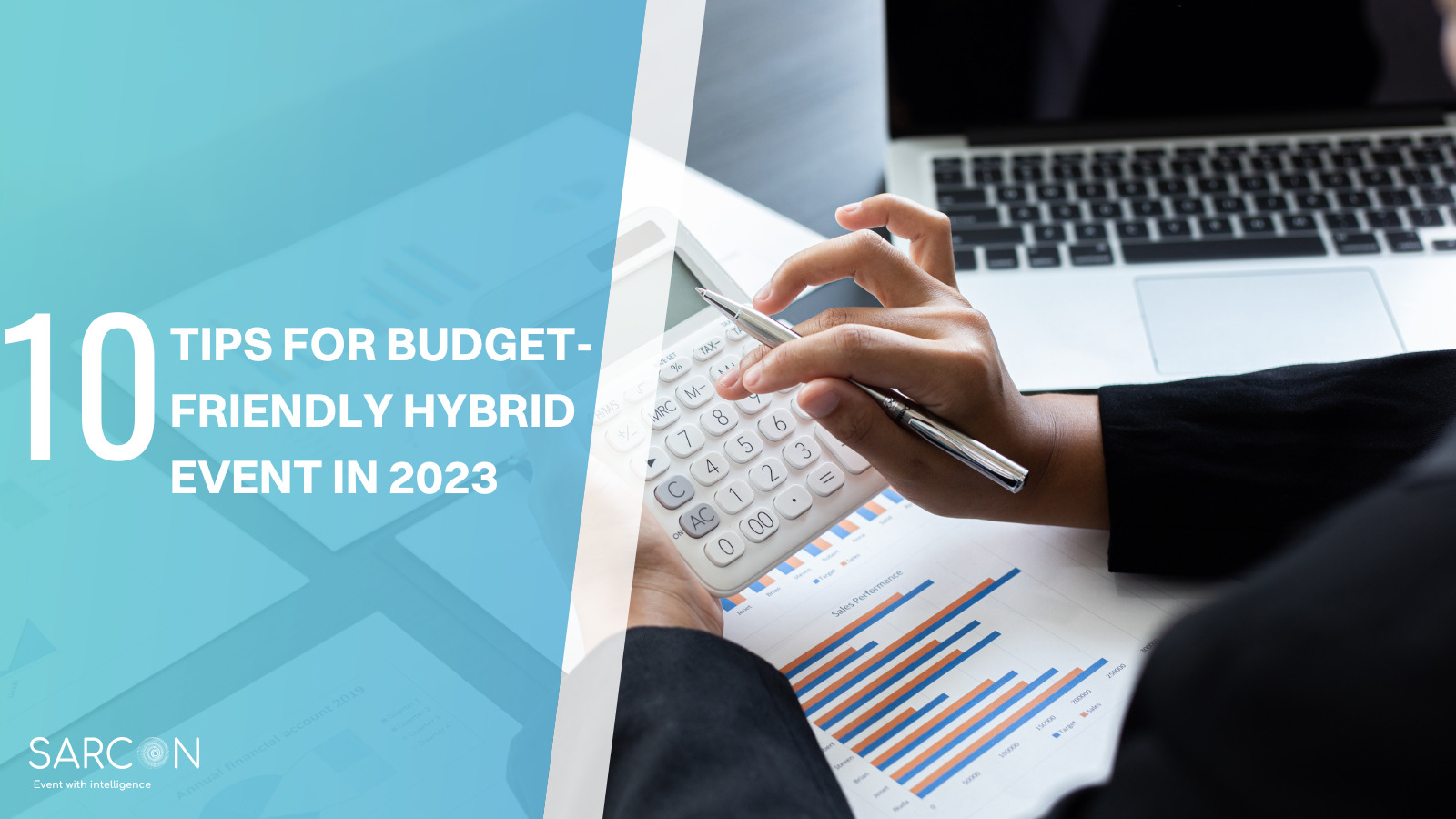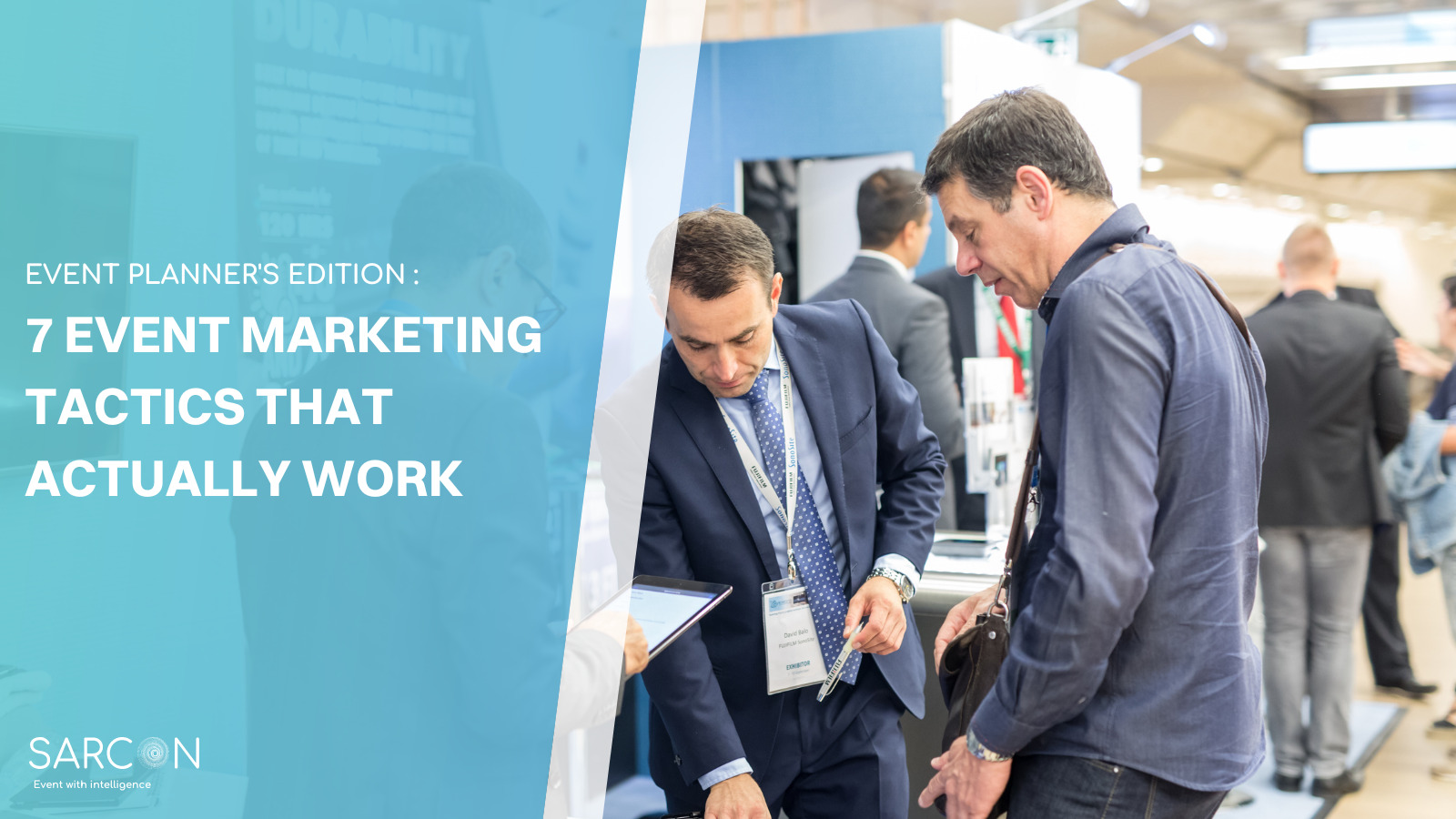Online events are now the norm. While people are eager to get back to meeting in person, virtual events have had time to shine and become the preferred choice for various event organizers. However, communication from your event must be adequate for overall success. That is where channels like email marketing can make a huge difference. But what must you do to effectively communicate with prospective clients and audiences?
Read more: 9 Types of Virtual Events in 2021
There are many things to consider when making this decision, but one of the biggest is communicating you’re hosting a virtual conference instead of an on-ground one. And Email marketing is one of the best ways to get the word out about your event.
Let’s look at how Email functions as an effective marketing tool.
A/B test to incrementally improve email marketing
While experimenting is excellent, you still need a way to measure what you did right. This is where A/B testing comes in. By creating two differing emails, you can send out these two to a small subset of subscribers to determine which one is better performing and which one they prefer. You can then use this info to make a revised email sent to your bulk mailer list, resulting in better traction! It’s an excellent way to test many things, like subject lines, tone of voice, layouts, headlines, etc.
Pro-Tip: If you have a list of subscribers who have already registered for your event, split them into two groups and provide each group with its custom CTA. Once you see which of these CTA performs better, you can implement those results before sending the Email to the subscribers who are not as keen instead of waiting until the next campaign.
Automated Email Marketing Tools
Email marketing campaigns take more effort than just designing one excellent Email. You will often need to develop several of them to use at different stages of the email campaign. If you see low traction, consider sending out reminder emails every few days. This drip campaign approach can be further augmented with customized triggers that send out mailers depending on whether certain conditions are met.
A few examples can include if a user doesn’t open the Email, send a reminder message to them to get the schedule and plan (agenda) when they register for the event. This level of behavioural emailing is a great way to increase the number of people attending. Modern tools like Hubspot and Mailchimp can help with reducing the manual work needed to execute these tactics.
Pro tip: Did you know that modern virtual event platforms have inbuilt email marketing tools which make the entire process a seamless experience? Events hosts can monitor their campaigns in the virtual event platform interface and track metrics like click-through rates and content users engage with the most. That allows them to adapt the rest of their content accordingly quickly.
Make your CTAs stand out
In email marketing, the CTA is essential and is the central focus of the Email.
Subscribers often skim through emails, leaving you little time to reel them in. If the CTA doesn’t attract them, it will be another ignored email. To combat this, you must implement well-defined elements that easily explain what the Email is at a glance to augment your email marketing strategy.
Pro-Tip: One of the best ways to remedy this is to make your CTA a button instead of a suspicious-looking link.
You can design your own or have one readily available from your email service provider. It would be best to make the CTA button a noticeable colour in the Email, perhaps one that’s not used or barely used. In addition, keep your CTA copy very catchy and short.
Optimise your emails for mobile devices.
More and more people are reading their emails on their phones, so if your marketing emails don’t look good on phones, you’re missing out on a lot of people who might be interested in what you have to say. According to Litmus’s “The 2021 Email Client Market Share,” mobile clients now account for 41.6% of all email opens, with webmail coming in at a close second at 40.6% and desktop clients at a distant 16%. If your emails don’t seem to render properly on mobile devices, you may be missing out on connecting with a large and enthusiastic mobile user base. You should make sure your emails are easy to read on phones and have cool buttons and pictures that people can click on.
Enhance content with GIFs and creatives
Standard emails don’t work when you have a concise window to attract the reader. Like how event designers help make the event itself excellent and attractive, you can do the same for your emails.
Using GIFs, videos, interactive puzzles, quizzes, and so on can showcase your creativity and give a better perception of your event.
Perhaps a highlight reel of your last event playing as a GIF in the Email or a slideshow of some memorable moments can help give the readers a sense of what they can expect at your upcoming event.
Measure your email marketing
Start monitoring the success of your virtual event’s email marketing after you’ve sent out the first one. This will help you make sure that your emails are getting to the right people and that they are having the desired effect.
Pro Tip : While the specific metrics you monitor for each email marketing campaign will vary depending on the campaign’s objectives there are several basic metrics that should be monitored in every campaign.
- The open rate tells us how engaged our subscribers are and how effective certain subject lines are.If your email has a low open rate, there may be a number of reasons for that: the subject line isn’t interesting enough, the contact list isn’t relevant, or the audience hasn’t been properly segmented. Taking the time to measure this will let you adjust as necessary.
- The email click-through rate indicates how well your email copy is connecting with your readers.
- The conversion rate will determine how many individuals clicked on the link and subsequently took the desired action.Conversion rates provide you with unique insight into your ROI. It’s easy to establish whether or not the money you’re investing into your campaign is paying off when you know how much you’ve spent and how many subscribers are converting.
Avoiding the spam folder
Spam has conventionally been associated with suspicious things like fake products and scam emails, but it isn’t the case now. Now, around a third of all spam emails come under advertising. So how do you avoid this in your email marketing efforts?
Suppose a subscriber didn’t ask for the Email or considers the information irrelevant. In that case, they could potentially flag it as a spam email, preventing it from reaching the inbox. It might be the most engaging and best Email ever made, but it doesn’t matter because no one will see it.
Only send out Emails to a robust list of subscribers, those who have opted for your campaigns. Avoid making irrelevant and non-engaging emails to prevent further (reputational) damage.
When your content is engaging, it results in better ROI overall. However, it also informs email providers that your content is good and prevents future emails from going into the spam folder.
Ideally, when your targeted audience reads your personalized and engaging emails, they’ll want to forward these to their friends and peers. You’ll be able to increase your subscribers and, ultimately, registration, attendance, and return for your event.



